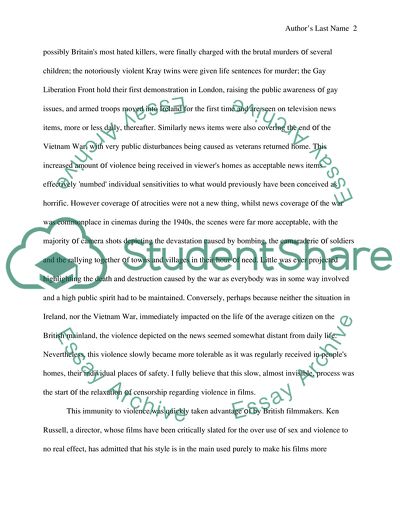Cite this document
(British Cinema in the 1980s Report Example | Topics and Well Written Essays - 2000 words, n.d.)
British Cinema in the 1980s Report Example | Topics and Well Written Essays - 2000 words. https://studentshare.org/visual-arts-film-studies/1712976-british-cinema-in-the-1980s
British Cinema in the 1980s Report Example | Topics and Well Written Essays - 2000 words. https://studentshare.org/visual-arts-film-studies/1712976-british-cinema-in-the-1980s
(British Cinema in the 1980s Report Example | Topics and Well Written Essays - 2000 Words)
British Cinema in the 1980s Report Example | Topics and Well Written Essays - 2000 Words. https://studentshare.org/visual-arts-film-studies/1712976-british-cinema-in-the-1980s.
British Cinema in the 1980s Report Example | Topics and Well Written Essays - 2000 Words. https://studentshare.org/visual-arts-film-studies/1712976-british-cinema-in-the-1980s.
“British Cinema in the 1980s Report Example | Topics and Well Written Essays - 2000 Words”. https://studentshare.org/visual-arts-film-studies/1712976-british-cinema-in-the-1980s.


